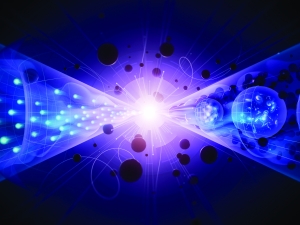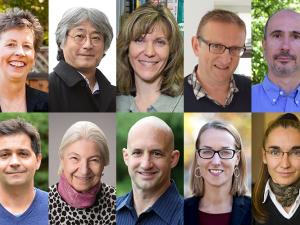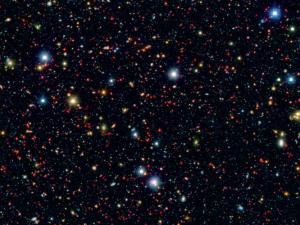

Research Bio
Hiroshi Murayama is a professor in the Department of Physics. He is working on particle physics, trying to understand the fundamental constituents of matter and the forces acting among them. The so-called "Standard Model" of particle physics is very successful, and the Higgs boson, which is the "core" of the Standard Model, is supposed to be discovered this decade. However, there are still many problems which remain unanswered even with a future discovery of the Higgs boson. Why are there so many "elementary" particles, repeating three generations which have identical properties except their masses? Why are there three (electromagnetic, weak and strong) forces acting on elementary particles in a seemingly random manner? Why does Higgs boson exist and play such a special role? Why is the Universe so long-lived and has more matter than anti-matter in it?
Recently, two important questions were added to the list. The Universe appears to be accelerating its expansion. Why? The neutrinos are supposed to be completely massless in the Standard Model, but recent indications of neutrino oscillations strongly suggest that they have small but finite masses. How?
These puzzling phenomena must be clues to what is really going on at the most fundamental level in Nature. Using these clues, studying them in detail and ask what is behind is the approach in most of his research.
See current projects
Research Expertise and Interest
physics, particle physics, the universe, fundamental constituents of matter, Higgs boson, anti-matter, neutrino oscillations, finite value of the cosmological constant, triple coincidence of energy densities
In the News
Particle Physicists Put Forward Research Priorities for Coming Decade
AAAS Adds Ten New Fellows From UC Berkeley
Axions could be the fossil of the Universe researchers have been waiting for
MACHOs are dead. WIMPs are a no-show. Say hello to SIMPs.
Theorem unifies superfluids and other weird materials
Physicist Hitoshi Murayama to direct new Kavli Institute at Univ. of Tokyo
Berkeley physics professor to guide Kavli Institute research into cosmological questions such as how the universe began, how it will end, and what laws govern it






